Apple iPhone 6s Plus vs Motorola Moto X Pure
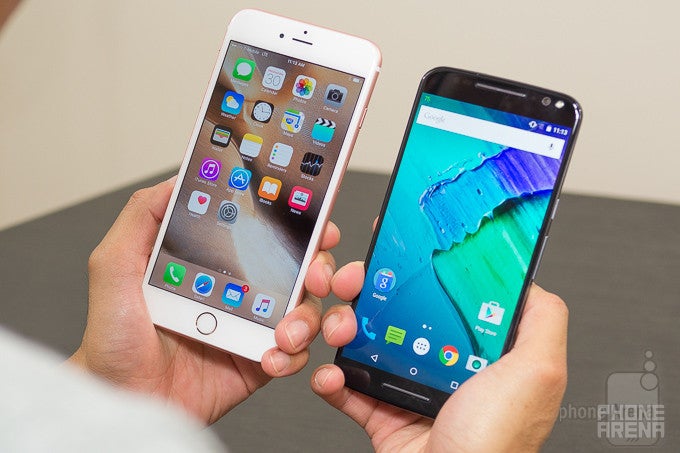
Introduction
The iPhone 6s Plus takes the torch from its predecessor, Apple's first phablet, and keeps things largely the same externally, but has copious amounts of upgrades on the inside, namely a new 12 MP camera module, a pressure-sensitive 3D Touch display, and a screeching A9 chipset.
Meanwhile, a fresh Motorola batch has arrived, and the Moto X Pure is at the high-end of the new Moto trio, with specs like a 5.7” QHD display, and a 20 MP camera. Which of the two big-screeners mixes things up better? Read on to find out...
Design
Moto X Pure looks like a work horse to the thin iPhone 6s Plus, yet offers much better screen-to-body ratio.
The iPhone 6s Plus has stayed largely unchanged from its predecessor, with a thin aluminum unibody that is a tad on the large side for the screen's 5.5” diagonal. The aluminum used this time, however, is the highest-grade 7000-series, making the phone more durable, while a new display tech has put on ounces and girth compared to its predecessor. Motorola, on the other hand, didn't go all-premium with the Moto X Pure design, focusing on providing a great 76%+ screen-to-body ratio, and only infusing a touch of classy materials with the metal side frame of the handset. You can use the Moto Maker tool while ordering the Pure, and have the phone tailored to your tastes with numerous combos of front, rear and side frame colors, as well as personalized engravings – all for free, of course.
The Moto X Pure is a good 50% thicker than the iPhone 6s Plus, at 0.44” (11mm), which makes it look elegant as a tank. It's lighter, though, and lies well in the hand, providing a firm and comfortable grip, compared to the skinny iPhone. Motorola throws in many perks at the front of the X Pure, such as two stereo speakers, plus an LED flash for the selfie camera. The keys on both handsets are easy to feel and press without looking, with good tactile feedback, but more so on the iPhone 6s Plus.
Displays
With two big and quality displays in the offing, the phablets won't leave you hunkering for more.
The 5.5” 1080x1920 pixel display on the iPhone now comes with a new pressure-sensing technology that Apple dubbed 3D Touch, and it allows the panel to distinguish between a light tap or hard press, and react accordingly, introducing new horizons for contextual menus.
The Moto X Pure is equipped with a 5.7” LCD display that sports the hearty 1440x2560 pixels of Quad HD resolution, returning a higher, 515ppi pixel density, so everything looks as crisp as they come.
When it comes to colors, the iPhone 6s Plus is a tad on the colder side of the spectrum, but not by much, while the Moto X Pure keeps things closer to the reference 6500K white point, but introduces a hint of green throughout the image. The standard RGB gamut color presentation is great on both handsets, with no oversaturation, though the iPhone 6s Plus has more spot-on red hues than the Moto X Pure.
Besides being much brighter, which aids in outdoor visibility, Motorola's panel also offers lower minimum brightness than the iPhone 6s Plus, making it more comfortable for reading in pitch darkness.
Interface and functionality
The iPhone 6s Plus boasts Apple's newest iOS 9 out of the box, with its numerous under the hood improvements that keep the functionality from its predecessors, but make it a lean and fast phone-management machine. In addition, the 3D Touch display technology lets you evoke context menus with a harder press, and choose from their options without having to first go into the app, for example; not to mention the influx of cool features that third-party apps are bound to get because of 3D Touch.
The Moto X Pure, much like its predecessors, runs on mostly stock Android 5.1.1 Lollipop experience, complemented by Moto’s customary, enhanced services. Now, while it’s a straightforward and relatively hassle-free experience, with Material Design’s presence in full effect, there isn’t anything hugely different from what we’ve experienced previously. In particular, Moto Assist, Moto Actions, Moto Voice, and Moto Display are all once again present here. They’re meaningful services that we find extremely useful, while not coming off as being redundant.
The only new feature with the experience relates to Moto Actions, where we can now perform a chopping gesture at any time to turn on the LED flash, or shake our palm to start the camera. Besides that, everything that we know and love is still here. Moto Assist helps to manage how the phone behaves at certain places and times, like how it’s automatically placed into silence mode while we’re sleeping – or set to read all incoming texts when we’re at home. Moto Voice is just as intelligent as ever with its always-on listening, allowing us to launch the service at any time by speaking the launch phrase. And, finally, Moto Display eliminates the need for us to constantly press the power button to tell the time, or view some notifications.
Processor and memory
The Apple A9 chipset in the iPhone 6s Plus is a dual-core endeavor, clocked at 1.8 GHz - the same frequency as the processor cores of the Moto X Pure. The A9, however, is built with a superior 14nm production process, compared to the hexa-core Snapdragon 808 in Motorola's phone, and this shows unequivocally in the benchmark results you see below. In reality, the near-stock Android experience that is present on the Moto X Pure doesn't need much processing power to run smooth and zippy, so all is well when it comes to the daily interaction with the two phones.
The iPhone has 2 GB of RAM, compared to the 3 GB on the Moto X Pure, and both handsets let you load tens of apps at once without a hitch. The internal storage of the basic iPhone 6s Plus model starts at 16 GB, and so does the Moto X Pure, though Motorola has equipped its phone with expandable storage option via a microSD slot.
Internet and connectivity
When it comes to browsing the Internets, these two phones handle it very well, rendering pages quickly and easily, though Safari on the iPhone offers extras like reading modes and built-in ad blocker, while the default Chrome browser on the Moto X Pure feels a tad slower and heavier. Panning around and zooming are fast and easy to perform.
The iPhone 6s Plus supports no less than 23 LTE bands, which is a record for the phone industry. Other than LTE, the phones also support HSPA+ speeds, Bluetooth (4.2 in the iPhone vs 4.1 for the Moto), and all the wireless radio assortments you might need.
Camera
The Moto X Pure stands its ground outdoors, but when the lights get dim, it's iPhone 6s Plus time.
The iPhone 6s Plus comes with a brand new 12 MP camera sensor, and larger, 1.22 micron pixels than the 1.1 micron ones of the 20 MP unit in the Moto X Pure. The iPhone also sports optical image stabilization, and the so-called Focus Pixels, which make it one of the fastest mobile snappers around. The Moto X Pure uses the new Sony sensor with a Hybrid AF system, which is a marketing speak for a phase-detection autofocus, so it's very fast to focus and take a snap, too.
The camera interfaces boast a plethora of basic options like Panorama and HDR, but the Moto X Pure doubles down on the shooting modes and manual regimes, offering exposure, saturation and ISO adjustments. Apple strikes with the so-called Live Photos mode, which records short clips with each shot, so you can make every snap spring to life afterward as a GIF image of sorts.
The images from the iPhone 6s Plus come out a tad warmer and less saturated than the ones from the Moto X Pure, but in general both phones manage to score accurate color representation. Surprisingly enough, the dynamic range of Moto's snaps is almost as good as the stellar one of the iPhone – the sky doesn't get overexposed, for instance, or the shadows too dark and mushy. The iPhone manages to resolve more detail, despite its lower megapixel count, too.
Indoors and in low-light, the iPhone's resolved detail amount becomes even higher, though its images get way warmer than the mostly credible shots that the Moto X Pure is able to produce. The low-light frames from the Moto X Pure, however, look soft and mushy in comparison. At night, the OIS camera of the iPhone definitely has the upper hand, producing usable, decently-lit shots, while the Moto X Pure comes out with a noisy, often overexposed scenes.
The front cams are both with 5 MP of resolution and offer wide-angle shots that can fit more people in the frame than usual. The Moto X Pure's selfie-snapper does a better job indoors, though, with sharper-looking pictures, and less noise in the frame. The iPhone 6s Plus offers a flash of sorts for selfies, which lights the whole display in overdrive to illuminate the faces in the scene, but Motorola one-ups the approach by offering a real LED flash in the front, making the Moto X Pure one of the handful to offer a front-facing flash.
When it comes to video recording, both phones perform admirably, with 4K video as an option, but the iPhone 6s Plus offers more stable footage due to its optical image stabilization mechanism. The iPhone comes out with an overall warmer color presentation, but much faster exposure compenstation when panning around. Its continuous autofocus also performs better than on the Moto X Pure, whose focus wanders at times when panning around quickly.
Multimedia
The big and vibrant displays of the phablets won't leave you longing for more when it comes to picture or video playback in the galleries or with the stock players. The Moto X Pure supports every major format thrown at it, while on the 6s Plus some formats are a no-go, and you can't just copy video to its memory, if you don't go the iTunes way. The stock Motorola gallery, with its flat Material Design, looks less polished than the pretty iOS 9 one.
When it comes to music playback, the iPhone's stock player also looks more sophisticated than Google's Play Music effort.
Call quality
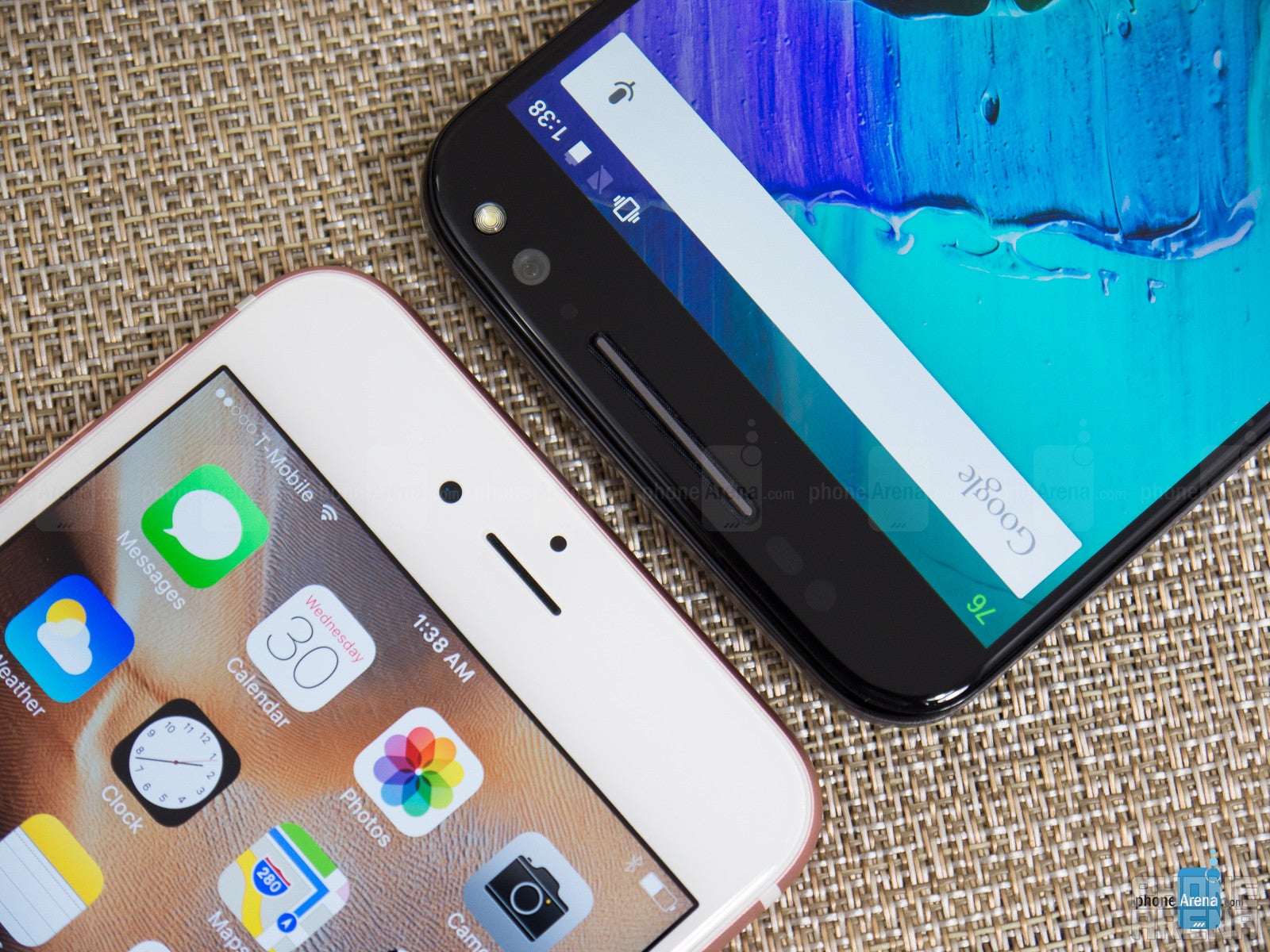
Motorola's handsets have always been good in one pretty important for a phone metric – call quality – and the Moto X Pure doesn't disappoint here, too, both in the earpiece, where voices are heard loud and clear, and through the mics, which relay our voice to the other end in a similar manner. Our one minor complaint pertains to how voices have a subtle artificial quality through the earpiece, which doesn’t hinder the overall experience, but is still something we notice.
Battery
The disappointing battery endurance of the Moto X Pure can't be made up for by its rapid charger.
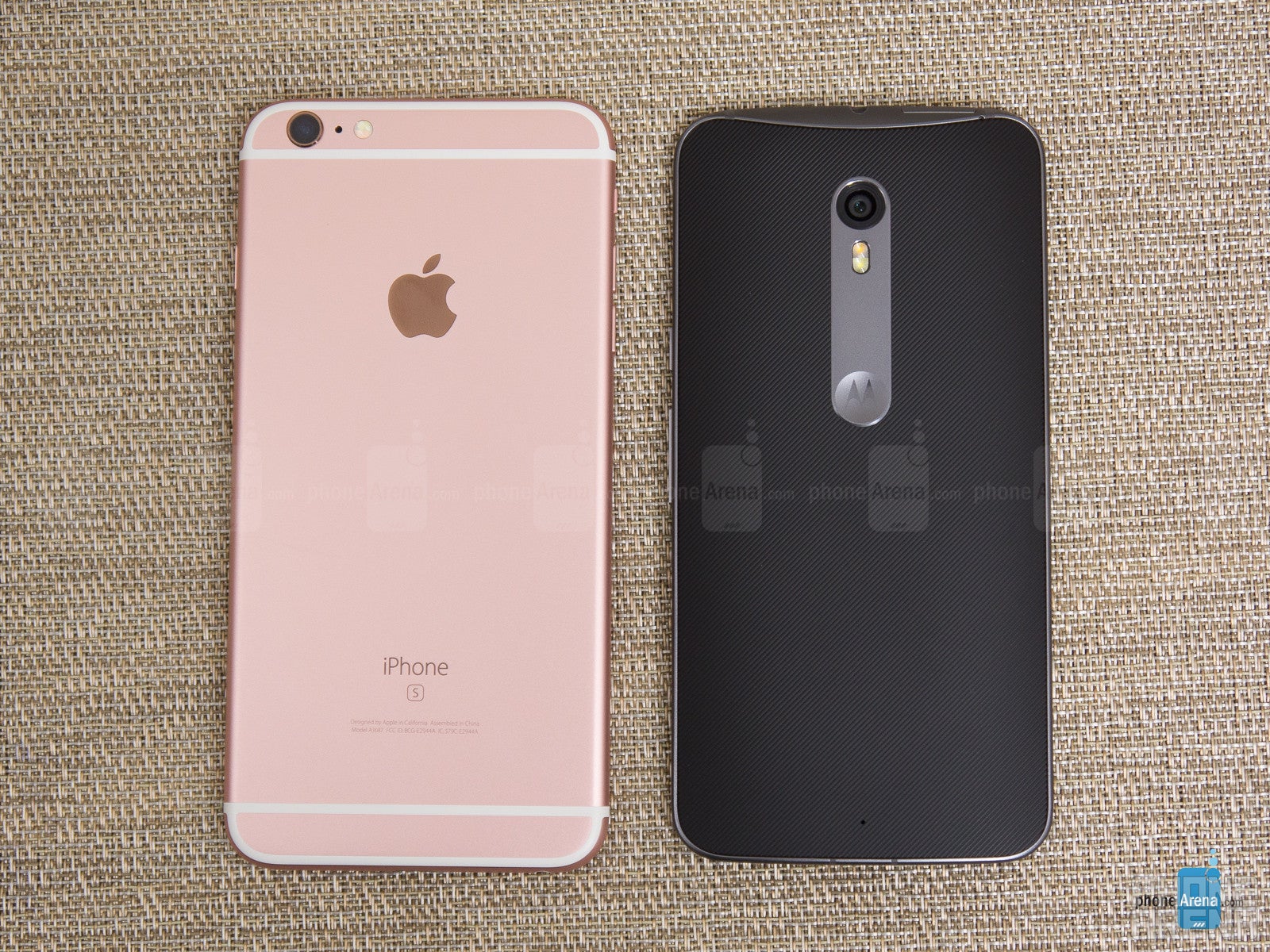
On the other hand, Motorola's TurboPower charger claims the world’s fastest charging, and it really delivers, with a class-leading 78 minutes to get the whole Moto X Pure battery back to full capacity. The iPhone 6s Plus comes with a more modest, 1A charger, and it does show in the charging times, as it needs no less than 165 minutes, or almost double the Moto X Pure time, to go from zero to hero.
Conclusion
The Moto X Pure blasts off at $399, which is almost half of the iPhone 6s Plus price. If you can live without the innovative interaction options that the 3D Touch display on the iPhone brings, and with worse pictures at night time, Motorola's phone should suffice for most, if not all of your phablet needs. It also lets you customize its appearance while ordering till the cows come home.
The Moto X Pure has one pretty important drawback against the iPhone 6s Plus, though, and that's the rather short battery life for today's standards. While the iPhone would last you day and a half or two days with normal usage, Motorola's darling will make you look for the charger every evening. Still, it is definitely worth your money, though this might still be insufficient a reason to sway iPhone owners to switch their camp.
Apple iPhone 6s Plus
Pros
- 3D Touch pressure-sensing screen
- Great camera, even in low light
- More polished interface and app ecosystem
- Good battery life
Motorola Moto X Pure Edition (2015)
Pros
- Very good value for the money
- Bright, quality display
- Good pictures and video
- Abundance of design customization options

Follow us on Google News












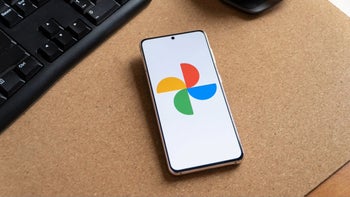
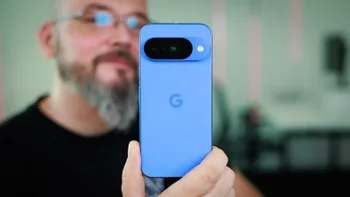

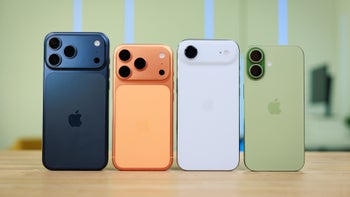
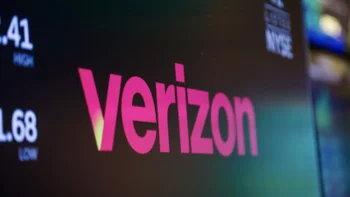


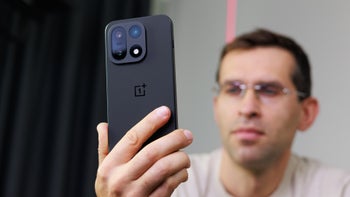
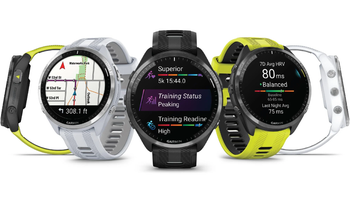
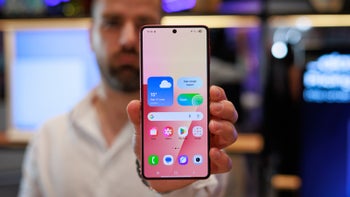

Things that are NOT allowed:
To help keep our community safe and free from spam, we apply temporary limits to newly created accounts: